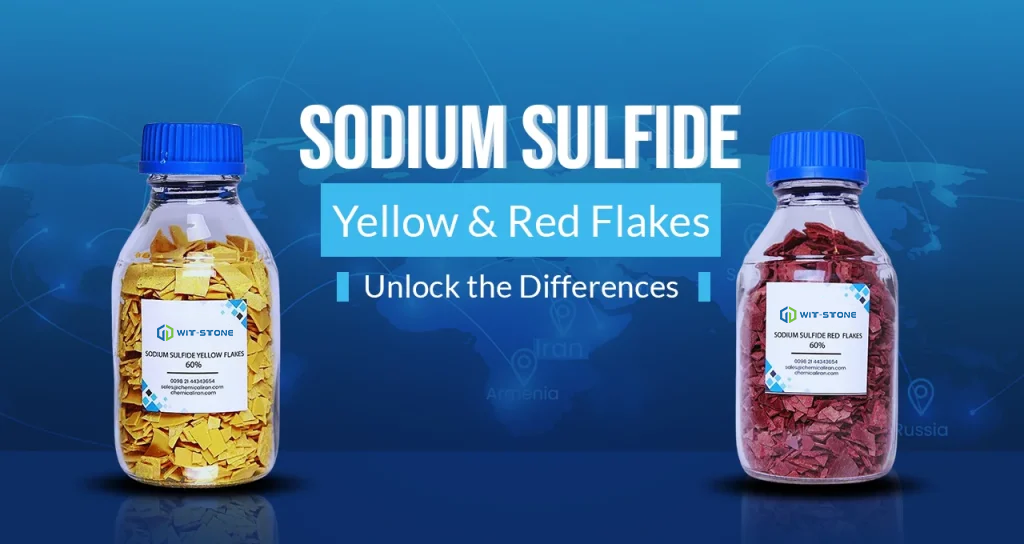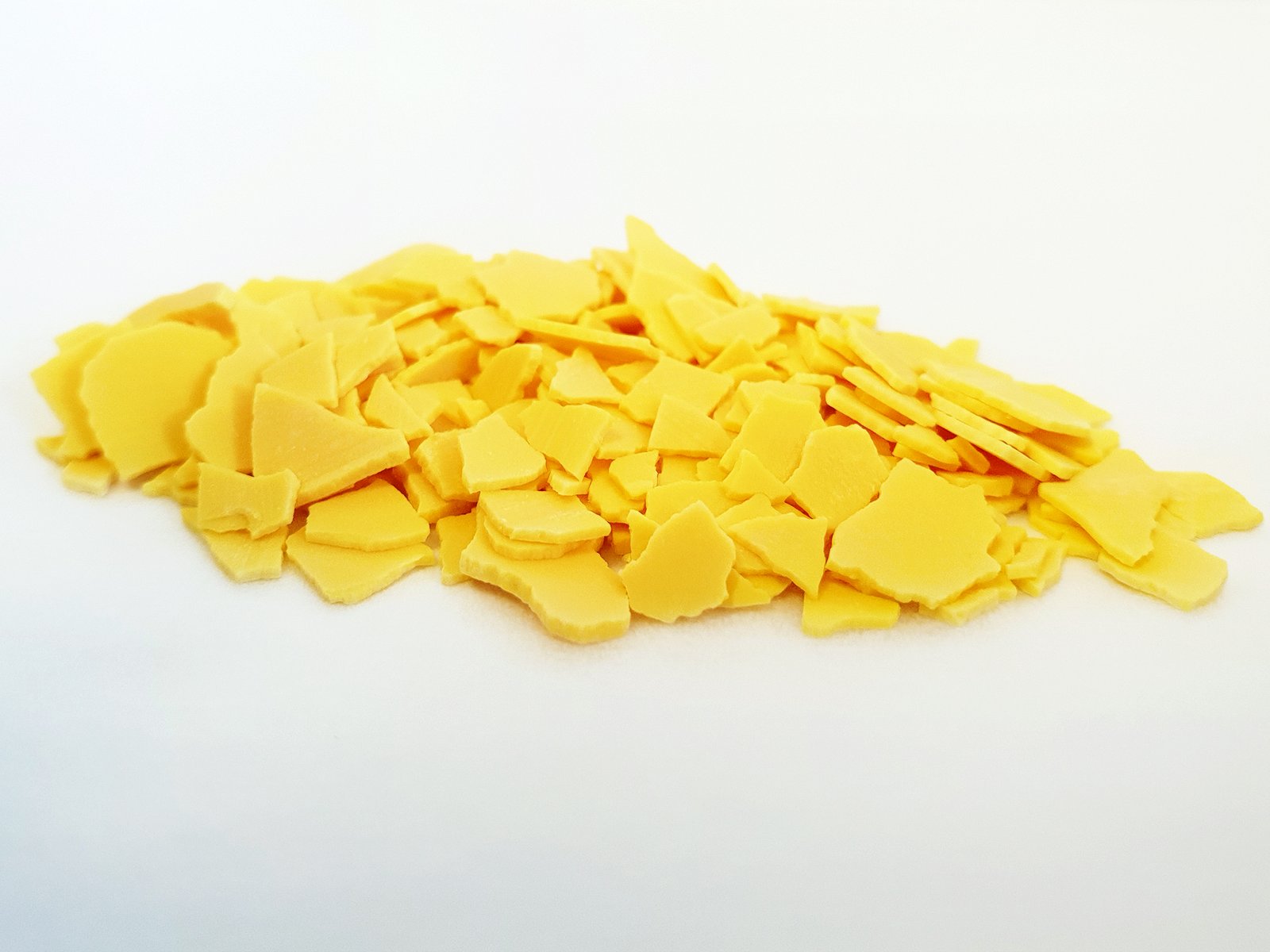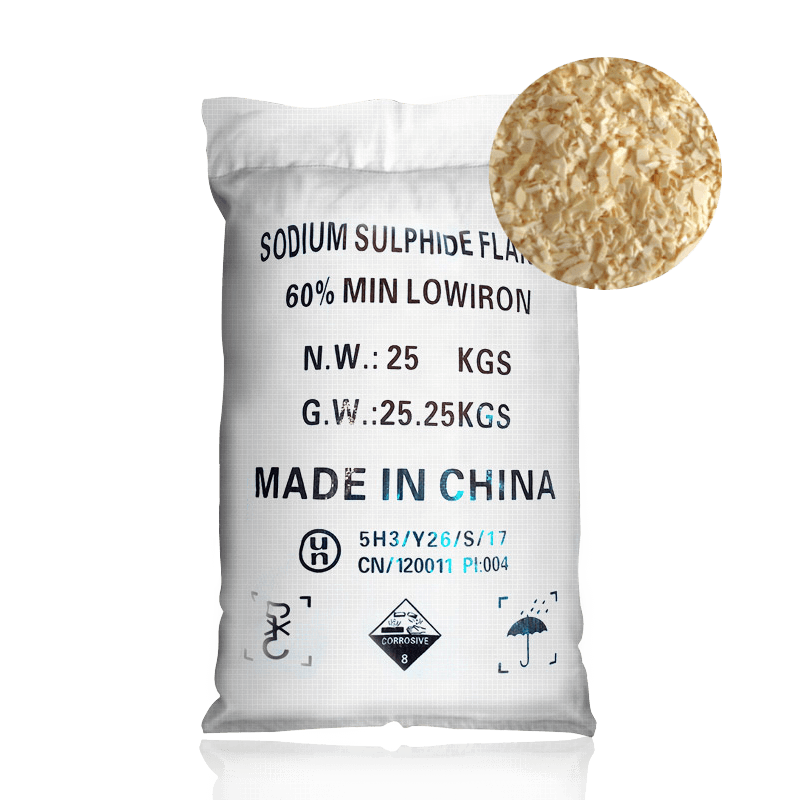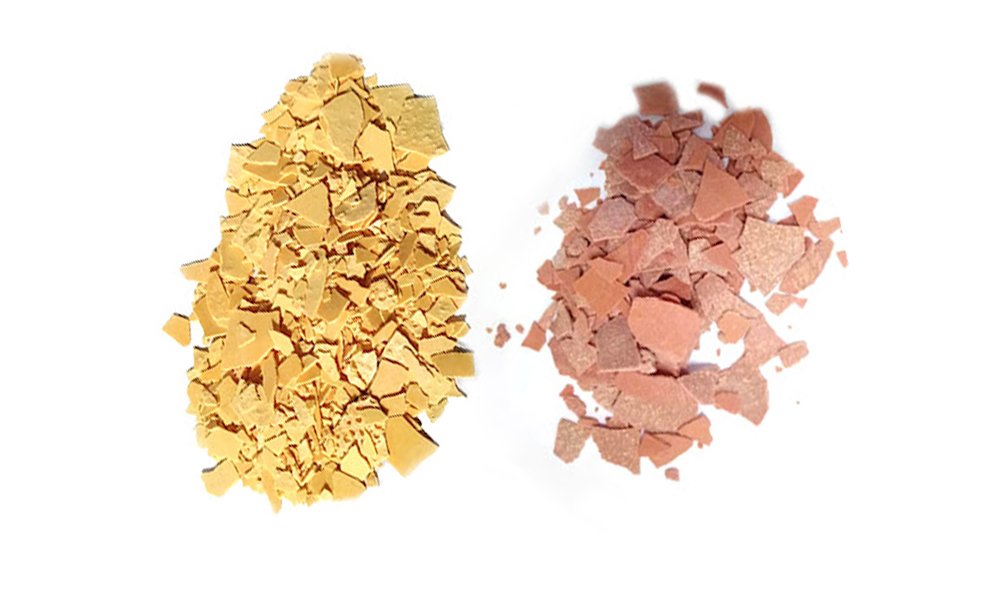Sodium Sulfide Yellow Flakes vs. Red Flakes : Understanding the Key Differences
Sodium sulfide is a versatile industrial chemical often supplied in flake form. Among its varieties, sodium sulfide yellow flakes and red flakes stand out due to their distinct compositions and applications. Knowing the differences between these two can be crucial for choosing the right product for your industrial needs. This article delves into their unique characteristics and practical uses.
Catalog

What Sets Sodium Sulfide Yellow Flakes and Red Flakes Apart?
Both yellow and red flakes play pivotal roles in industries such as textiles, leather processing, mining, and wastewater treatment. However, their contrasting properties, especially in terms of purity and iron content, define their specific applications.Let’s start by unfolding the secret behind their colors.

1. The Story Behind Their Colors
Yellow Flakes
Sodium sulfide yellow flakes owe their color to their low impurity and iron content. Typically containing 60% sodium sulfide and just 10 parts per million (PPM) of iron, this variant is considered purer. The minimal contaminants make yellow flakes suitable for applications demanding high chemical precision.
Red Flakes
Sodium sulfide red flakes, on the other hand, have a significantly higher iron content, around 1500 PPM, which imparts the reddish hue. While the sulfur concentration is the same (60%), the elevated impurities influence its usability in specific processes.

2. Applications in Industry
Now, if you wonder why these colors matter, let us tell you that your choice of flakes will impact the application for industrial uses.
Yellow Flakes Applications
Due to their low iron content, yellow flakes are used in industrial applications that require a purer chemical substance as an ingredient, such as:
- Leather Industry:The leather industry utilizes yellow flake sodium sulfide as a dehairing agent to eliminate hair from the skin and hides during tanning procedures.
- Pulp and Paper Industry:In the pulp and paper industry, these sodium sulfide yellow flakes are a useful delignification agent to break down lignin for producing the best quality paper and pulp.
- Wastewater Treatment:In wastewater treatments, this chemical substance plays a crucial role in eliminating heavy metals for environmental protection.
- Chemical Synthesis:As a chemical precursor, Sodium Sulfide Yellow Flakes 60% 10 ppm is used in chemical and compound synthesis.
- Textiles:In painting and dyeing (especially textile dyeing) industries, this chemical compound is a preferred choice to have precise color control due to the presence of iron in a small amount.
Red Flakes Applications
Despite their higher impurity level, red flakes find extensive use in:
- Leather Industry:In the leather industry as a dehairing agent to remove hair during tanning processes from the hides and skin.
- Mining Sector:In the mining sector, this chemical compound is used for metal extraction processes and separating minerals from waste due to its high iron content.
- Wastewater Treatment: Red flakes have a similar contribution in wastewater treatment, chemical synthesis, and pulp and paper industries as yellow flakes,but with cost advantages in certain scenarios.
- Textiles: Essential in desulfurization and dyeing processes.

3. Additional Differences Beyond Colors
Besides colors, a few more distinctions are noticeable between sodium sulfide yellow flakes and sodium sulfide red flakes, such as:
Purity
Yellow flakes maintain higher purity than red flakes, making them preferable for processes requiring minimal impurities. Depending on the purity level, you can identify the right industrial use of these chemical compounds. We recommend doing a laboratory analysis or consulting us for sodium sulfide’s specifications.
Odor
Both sodium sulfide yellow flakes and red flakes release hydrogen sulfide gas due to moist air exposure, which smells like a rotten egg. However, the odor intensity is higher in red flakes compared to yellow flakes due to the presence of impurities.

Safe Handling of Sodium Sulfide Flakes
Regardless of the type, sodium sulfide flakes require careful handling:
- Ensure adequate ventilation in work areas.
- Use appropriate personal protective equipment (PPE).
- Address spills promptly and follow proper disposal protocols.
By understanding these differences, industries can optimize their use of sodium sulfide flakes, ensuring efficiency and safety in their applications.

Understanding these differences between yellow and red sodium sulfide flakes will help you make informed choices for specific industrial applications. And, if you are looking for a top-quality sodium sulfide flakes, count on us. We are the leading sodium sulfide manufacturer and supplier of chemical and petrochemical products in bulk.
You can place an order or ask any questions, please feel free to contact at feronia@wit-stone.com | +86-15655559799



